
All categories
Featured selections
Trade Assurance
Buyer Central
Help Center
Get the app
Become a supplier

(519 products available)
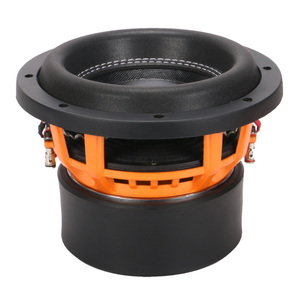


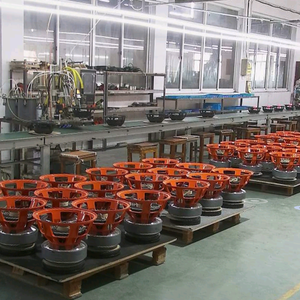




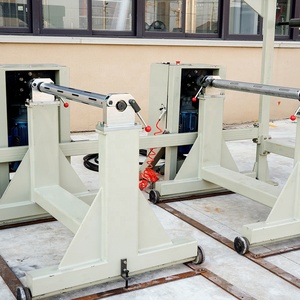










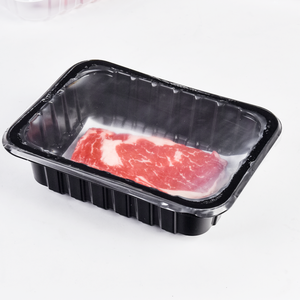

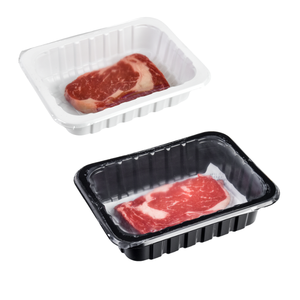

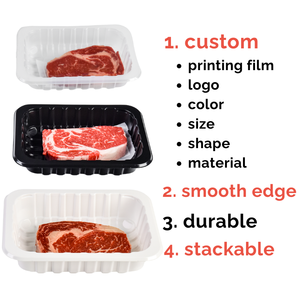


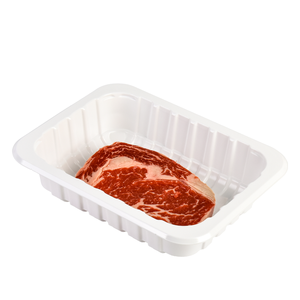




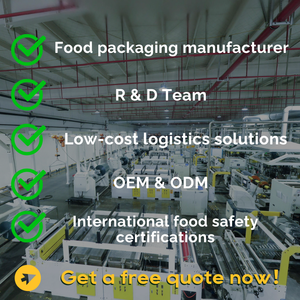



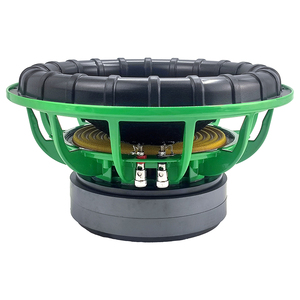



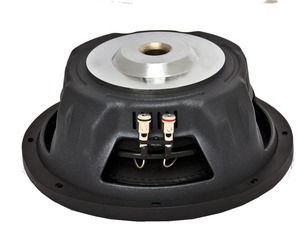





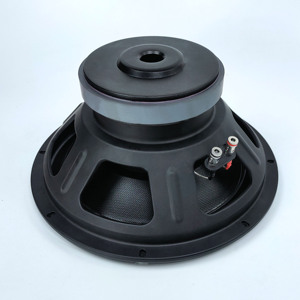

PP RMs, or polypropylene root modules, are a highly versatile product and come in various types that differ by design, size, and purpose. These differences allow for tailored solutions when managing plant propagation and root development.
By Design
Split PP RMs: These have a split design that allows for the easy removal of plants. This feature minimizes damage to the plants' delicate root systems during harvest or repotting.
Non-Split PP RMs: On the other hand, non-split RMs do not have a split design. They provide more support for the plant's root balls. However, they can be a bit trickier to remove without causing some root damage.
By Size
PP RMs come in different sizes, ranging from micro to extra-large. The size chosen will depend on the specific plant or tree specimen's needs and growth requirements.
By Specification
PP RMs can be smooth or have ribbed surfaces. A ribbed surface is an ideal choice for plants with fast-growing or highly fibrous root systems. It aids in the development of stronger and better-adapted roots. On the other hand, smooth PP RMs are more suited for plants with slower-growing or less fibrous roots.
Type 2 PP RMs are designed specifically for the production of trees and offer excellent air exchange and root guidance. Their unique structure promotes optimal tree growth, making them a preferred choice for tree nurseries.
By Color
PP RMs can come in different colors. Green is the more popular color choice for various applications. However, black, white, brown, red and yellow are also readily available. Each color can have a unique role in the overall aesthetic or function of plant management.
The specific functions and features of PP RMSs may vary based on the model and manufacturer, but here are some common features and their functions:
PP (Polypropylene) and RM (Rubber Material) are versatile materials with multiple applications across industries.
PP has a broad range of applications in various industries:
The RM material has a wide range of applications in various industries:
In summary, PP and RM materials have a wide range of applications across various industries. Their unique properties make them suitable for diverse applications, contributing to the overall functionality and practicality of many products. Their versatility and durability make them essential materials in manufacturing.
Gauge:
The gauge of a pp roof underlay is a vital consideration when purchasing a pp roof underlay. The Roofs produced using heavier gauges have better strength and longevity characteristics than those made with lighter gauges. This ensures that pp underlays installed on roofs will provide superior strength and longer service life while bearing imposed loads from wind and snow. The long-term durability and performance of pp underlays are also influenced by their weight, thickness, and mechanical properties. The heavier and thicker Roofs generally possess enhanced durability and superior structural properties compared to lighter ones.
Weight:
The weight of the polypropylene (PP) material plays a crucial role in determining the durability and strength of the product. Generally, heavier PP products tend to be more robust and long-lasting compared to lighter ones. This increased weight contributes to the overall quality and resilience of the PP material, allowing it to withstand the test of time and resist wear and tear more effectively. Therefore, when considering durability and longevity, opting for heavier PP products would be the more suitable choice.
Twist type:
A roof pro rms can come in different twist types. The type of pro RMS twist determines its strength and capacity to withstand wear and tear. For example, a double twist might be stronger and more durable as compared to a single twist. While looking for pro rms to buy, it would be important to look for the twist type specifications in order to know the strength and durability. Different pro rms will work better for varying jobs, so understanding the twist type will help one choose the best option.
Length:
The length of a pp rms will generally vary based on the model and manufacturer. When purchasing a pp rms, it's important to consider the area the customer intends to cover or wrap. Users can efficiently complete tasks without having to join or splice multiple sections together by choosing a pp rms of suitable length to the area to be covered. This reduces the risk of leaks or weak spots in the seams, hence allowing for a more continuous and effective coverage or wrapping. Additionally, using a pp rms of appropriate length to the area ensures efficient and seamless execution of the intended task.
Load capacity:
The load capacity of a polypropylene (PP) material refers to the maximum weight or load that the material can support or withstand without getting damaged or failing. This capacity is determined by factors such as the thickness, weight, and gauge of the PP material, as well as its mechanical properties. It is crucial to consider the load capacity of PP material when choosing it for a specific application or use, as it ensures that the material will be able to handle the required load without any issues.
Q1: What does PP-R mean?
A1: PP-R stands for Polypropylene Random Copolymer, a type of plastic pipe material commonly used in plumbing and heating systems. It is durable, lightweight, and resistant to corrosion.
Q2: What are the benefits of PP-R pipes?
A2: PP-R pipes have several advantages, including long lifespan, low maintenance, energy efficiency, and good resistance to high temperature and pressure. They are also recyclable and contribute to sustainable development.
Q3: Why use PP-R materials?
A3: PP-R materials are used for piping applications where water, chemicals, or other fluids need to be transported. They can be welded together to form leak-proof joints and connected easily with fittings and valves.
Q4: What is the pressure rating of PP-R pipes?
A4: The pressure rating depends on the wall thickness and nominal diameter of the pipe. For example, PP-R pipes with 25mm nominal diameter can have a pressure rating of SDR 11 (up to 20 bar), SDR 17 (up to 12.5 bar) and SDR 13.5 (up to 16 bar).